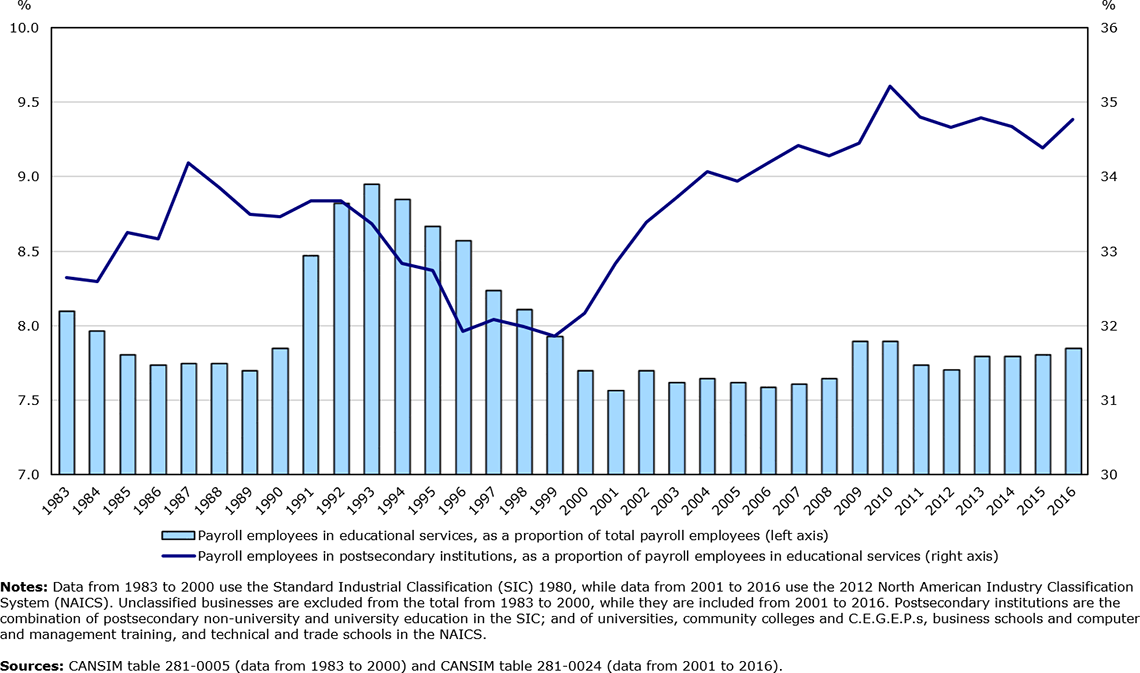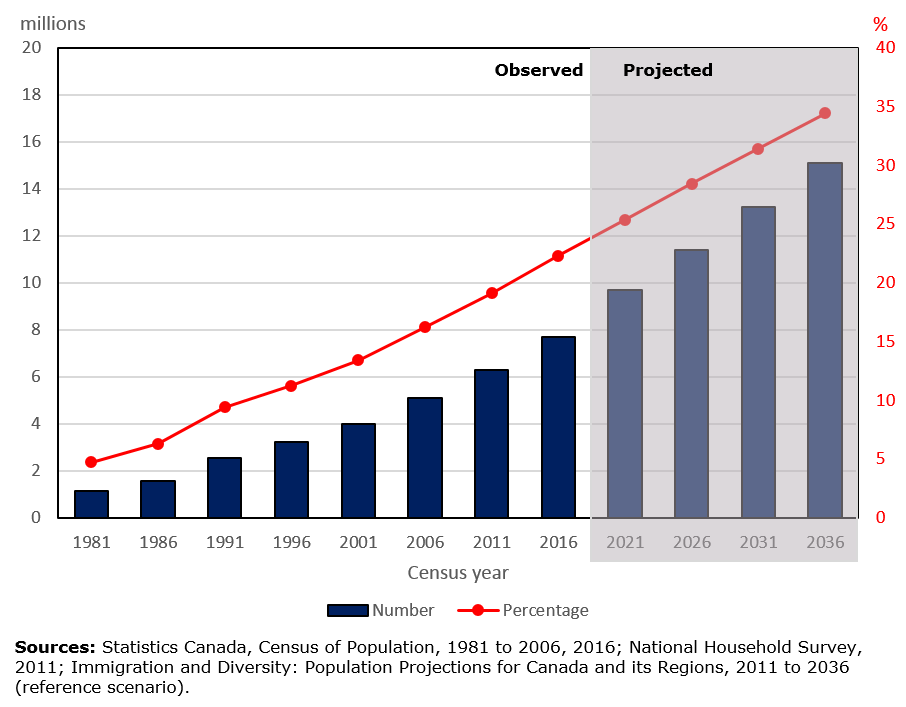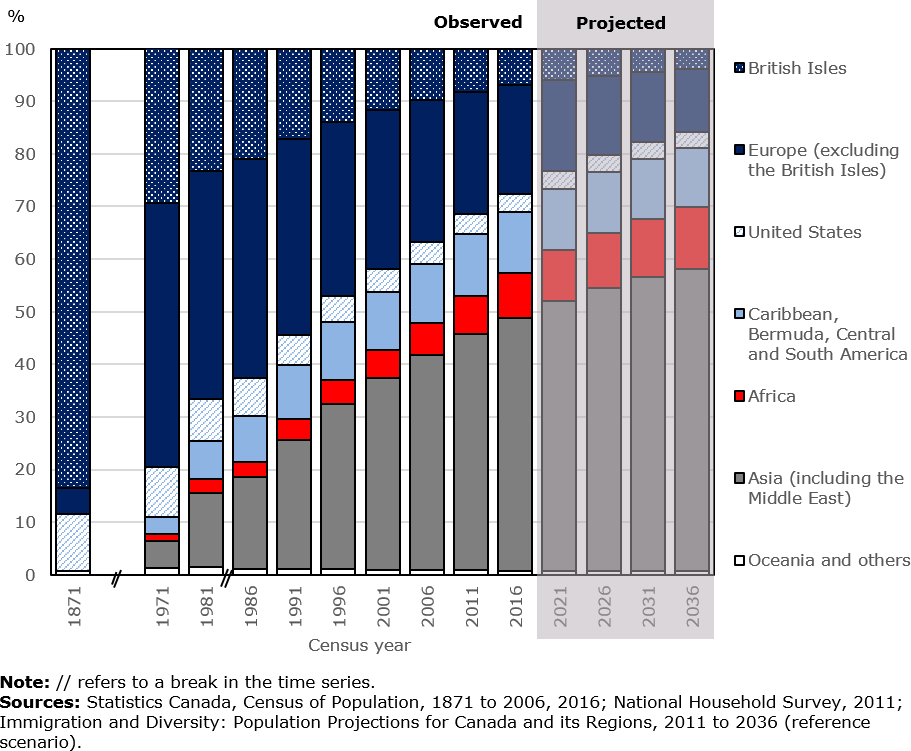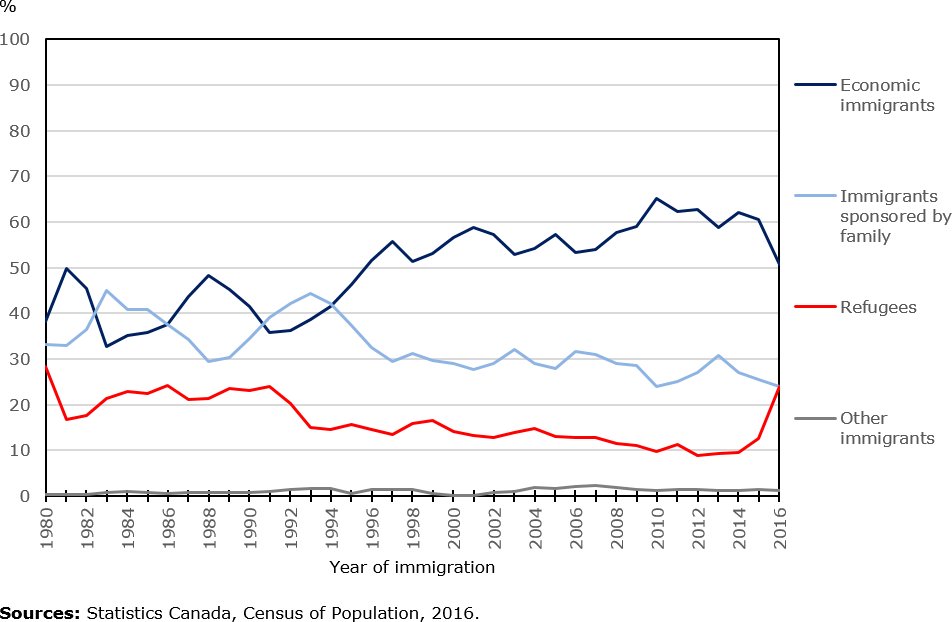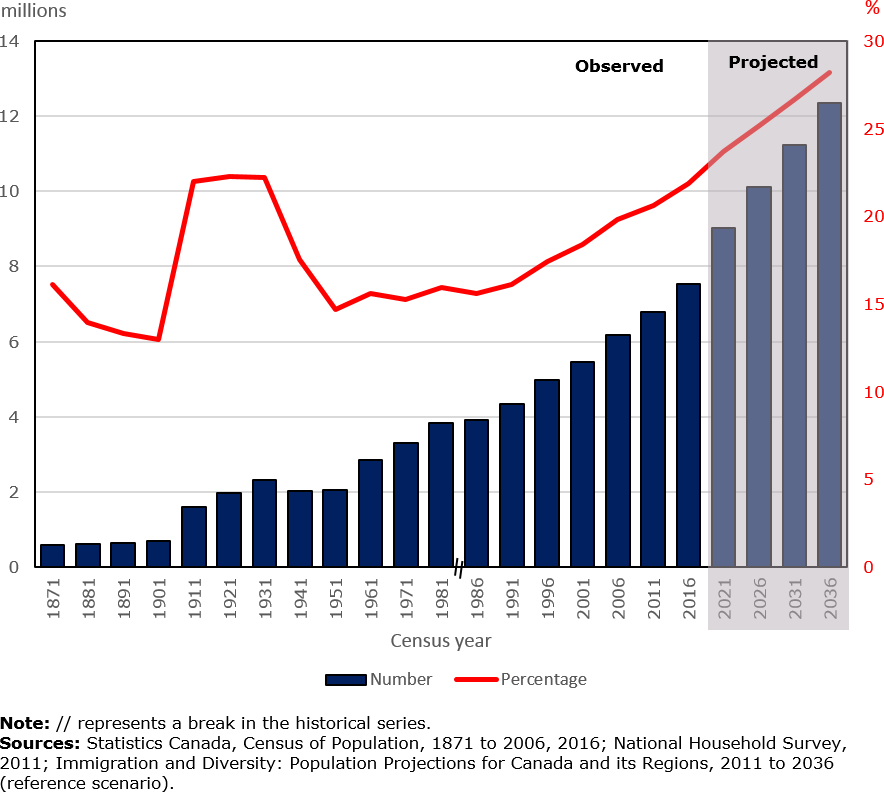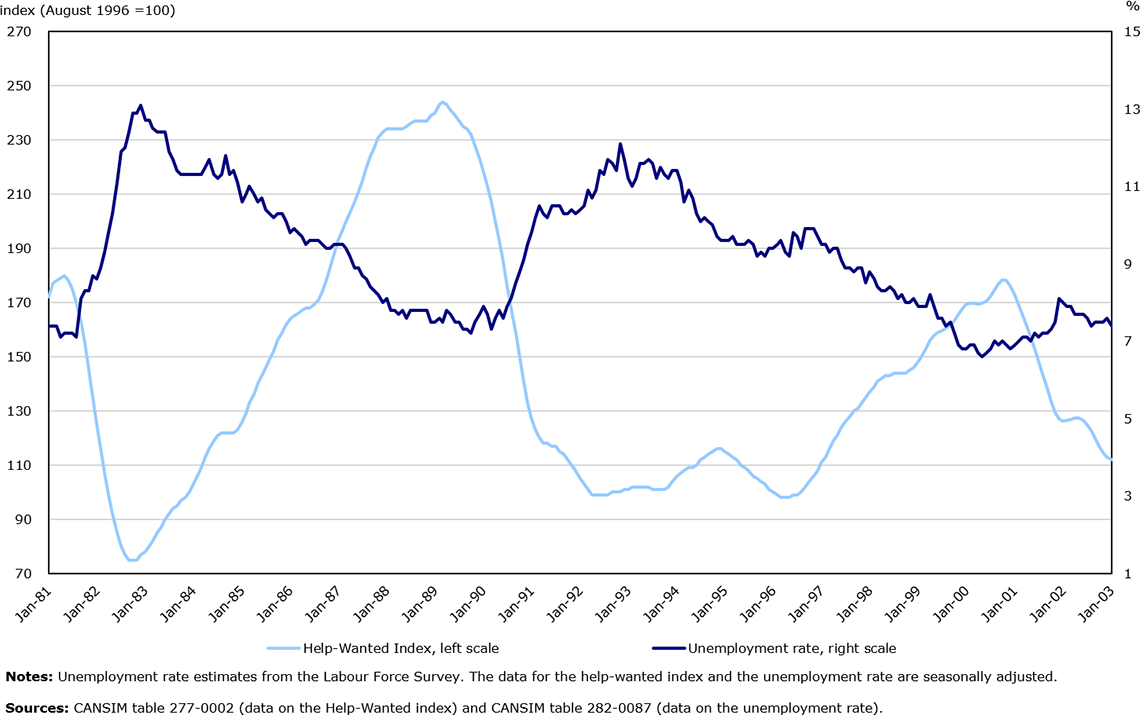Data Collection: 2011/2012 to 2015/2016
History and background
The Elementary–Secondary Education Survey (ESES) began in 2003 as a Statistics Canada pilot project known as the Elementary–Secondary Education Statistics Project (ESESP). The ESESP survey content originated from three tables that were originally part of a survey sent out each year to all provinces and territories by the British Columbia Ministry of Education. Following formal consultation with all provinces, territories and data users, Statistics Canada introduced seven new tables to collect additional data. The project’s goals were to collect elementary and secondary school expenditure data, and to replace several surveys that were collecting data on enrolments, graduates, and educators: the Elementary–Secondary School Enrolment Survey; the Secondary School Graduate Survey; the Elementary–Secondary Education Staff Survey; and the Principal’s Statistical Report. Although the ESESP collected expenditure data, the Survey of Uniform Financial System – School Boards survey (SUFSB, record number 3119) remained active.
In January 2010, the ESESP was renamed the Elementary–Secondary Education Survey to symbolize the change from a pilot project to a Statistics Canada ongoing core survey. The main objectives of the collection tool remained: to produce relevant, comparable and timely statistics, and to reduce the respondent burden on educational organizations and school principals.
Statistics Canada maintains a close relationship with the Canadian Education Statistics Council (CESC), particularly its Strategic Management Committee (SMC), and seeks its ongoing advice and guidance on the survey. The CESC is a partnership between the Council of Ministers of Education, Canada (CMEC) and Statistics Canada. It was established in 1989 to improve the quality and comparability of Canadian education data and to provide information that can inform policy development in education. The CESC also produces two sets of education indicators, Education Indicators in Canada: Report of the Pan-Canadian Education Indicators Program (Statistics Canada catalogue number 81-582-X) and Education Indicators in Canada: An International Perspective (catalogue number 81-604-X), for policy makers, practitioners, and the general public to monitor the performance of education systems, across jurisdictions and over time.
Changes in data collection
The ESES is an annual survey of administrative data that focuses primarily on public schools. It collects aggregate data from the provincial/territorial ministries or departments of education. Information on enrolments and graduates is reported by type of program and by age and sex, and grade and sex. The ESES also collects information pertaining to full- and part-time educators.
Private school data collection:
In the summer of 2010, Statistics Canada conducted a jurisdictional review and was able to ascertain that of the data collected by the ESES for public schools, data for enrolment (grade), enrolment (age), enrolments in official languages programs, graduates, and educators could also be provided for private schools. Therefore, in January 2011, Statistics Canada commenced collection of private school data beginning with the 2009/2010 reference period.
Home-schooling data collection:
In the summer of 2011, Statistics Canada conducted another jurisdictional review and was able to ascertain that of the data collected by the ESES for public schools, data for enrolment (grade) and enrolment (age) could also be provided for home-schooling. Therefore, in January 2012, Statistics Canada commenced collection of home-schooling data beginning with the 2010/2011 reference period.
Note: Due to data quality concerns, data on private schools and home-schooling are not published at this time.
General definitions
In order to obtain consistent counts of students, educators, graduates, and expenditures for school boards and districts across provinces and territories, it is very important that respondents use common definitions.
Ministry/Department of Education: There is no federal department of education and no integrated national system of education in Canada. Ministries or departments of education in Canada’s 10 provinces and 3 territories are responsible for the organization, delivery and assessment of education at the elementary and secondary levels.
School boards/districts: Local governance of education is usually entrusted to school boards, school districts, school divisions or district education councils/authorities (the terminology used varies by province/territory). The power delegated to these local authorities, whose members are typically appointed or elected by public ballot, is at the discretion of the provincial and territorial governments and generally consists of the operation and administration (including financial) of the group of schools within their board, district or division, curriculum implementation, responsibility for personnel, enrolment of students, and initiation of proposals for new construction or other major capital expenditures.
The tables explained: ESES financial data
Table 1, Expenditures:
The information in the expenditures table (tab 1PubExpenditures) is collected primarily for use by the finance section at the Centre for Education Statistics, where the data form an input into the consolidated revenue and expenditure figures for elementary-secondary education. The ESES financial data are compared with and validated against other sources of financial data such as provincial/territorial public accounts and school board financial statements.
School district expenditures: Include all expenditures (operating and capital) paid directly by district school boards.
Ministry/Department of Education expenditures: Include all expenditures (operating and capital) paid on behalf of district school boards by Ministries/Departments of Education or any other entities responsible for education.
Other provincial/territorial government or agency expenditures: Include all expenditures (operating and capital) incurred by other provincial/territorial departments or agencies such as Ministry of Finance, Ministry of Transport, etc. Do not include expenses paid on behalf of school districts by Ministries of Education.
The following expenditures are included:
- those for Regular programs for youth;
- those for General programs for adults for secondary schools;
- those for Vocational programs for youth and adults offered at the secondary level only.
The following expenditures are excluded:
- federal expenditures (e.g., schools operated by Indigenous and Northern Affairs Canada or National Defence, or federal programs such as Canadian Heritage official languages programs, Employment and Social Development Canada programs, Global Affairs Canada programs, and social [health and welfare] programs);
- those for private schools;
- those related to programs at the postsecondary level;
- intra-sectoral transactions;
- principal portion of debt repayments or bank loans;
- recoveries of expenditures from specified purpose;
- provision for vacation pay and similar employee benefit;
- provision for bad debts and any other provisions;
- reserves and other suspense accounts;
- deficits and write-off to losses;
- depreciation on capital expenditures (amortization charges);
- debenture discount;
- taxes remitted to other government sub-sectors (e.g., municipal taxes).
School boards and districts
Educator remuneration:
Salaries, wages and allowances (row 1)
Salaries and wages are the remuneration to educators for services rendered. Include teachers, school administrators, such as principals and vice-principals; and other professional non-teaching staff, such as guidance counselors and librarians as well as pedagogical support personnel.
Allowances are payments made in addition to salaries/wages to compensate for isolation, additional administrative duties or other responsibilities and other similar costs. Include sick leave payments, maternity leave, and other approved leave. Do not include ad hoc allowances for travel and accommodation (include in “Other operating expenditures (row 6)”) and payments of superannuation or pension premiums on behalf of the educator.
Fringe benefits – except employer’s contribution to the Canada and Quebec pension plans (row 2)
Includes payment on behalf of the educator for Employment Insurance premiums, life insurance plans, health, dental and drug plans, vision care plans, workers' compensation plans, disability insurance plans, termination and early retirement gratuities, private use of institution's goods and services, employee discounts, professional fees related to professional development, payments to government work safety agencies, purchase and maintenance of clothing, moving fees, employee counseling services, union duties leave, annuity funds, paid recognition for years of service, paid holidays, trips, jury duty pay, employee parking lot fees, and board-sponsored recreation or paid memberships.
Educator pension plans:
Employer’s contribution to Canada and Quebec pension plans (row 3)
Includes the employer’s contribution to the Canada and Quebec pension plans.
Other pension plans (row 4)
Any other types of pension plans.
Periodic contributions to rectify actuarial deficiencies (row 5)
Adjustments made during the current year to ensure that the funds required are available, which are actuarial liability adjustments made to current service payments to reduce or eliminate the debt.
Other operating expenditures:
Other operating expenditures (row 6)
Include salary and non-salary costs related to business administration, instruction, educational services, food services, school facilities services, school transportation and any other expenditure related to the provision of services in the public school system. Do not include interests on debt services.
Total operating expenditures (row 7)
The sum of rows 1 to 6.
Capital expenditures:
Capital expenditures (row 8)
Include acquisitions of physical assets of a fixed or permanent nature with a useful life of more than one operating year. Include expenditures of an annual or cyclical nature for capital-lease and leasehold improvement (e.g., major repairs and upgrades to school and board buildings, new school and board furniture equipment and vehicles). Do not include expenditures for non-major repairs and maintenance designated as “plant operation” under “Other operating expenditures (row 6)”.
Note that all capital expenditures must be reported with the historical cost in the year of the initial expenditure. If the capital expenditures are "amortized" during their useful life, they should be converted to the historical cost and reported to the year of the initial cost in order to insure the comparability of data between provinces and territories.
Interest on debt services (row 9)
Include the interest on loans and advances, bonds, debentures and mortgages, other debt charges such as bank service charges and other charges pertaining to the servicing of the public debt.
Total capital expenditures (row 10)
The sum of rows 8 and 9.
Total expenditures - School boards and districts (row 11)
The sum of rows 7 and 10.
Ministry of education
Educator remuneration:
Salaries/Wages and allowances (row 12)
As defined under school district expenditures (see row 1).
Fringe benefits – except employer’s contribution to pension plans (row 13)
As defined under school district expenditures (see row 2).
Educator pension plans:
Employer’s contribution to pension plans (row 14)
As defined under school district expenditures (see row 3).
Other pension plans (row 15)
As defined under school district expenditures (see row 4).
Periodic contributions to rectify actuarial deficiencies (row 16)
As defined under school district expenditures (see row 5).
Other operating expenditures:
Other operating expenditures (row 17)
Include only Ministry/Department of Education expenses relating to direct financial support of school boards; e.g., milk programs or textbooks, or library, guidance and audio–visual expenses. Do not include any grants or contributions to schools boards or districts.
General administration (row 18)
Include only administration expenses directly incurred by the Ministry/Department of Education; e.g., expenses for the Minister’s office, including his/her salary, human resources, administrative support and financial services. If any of these administration expenses stated above are also lumped together with postsecondary education, please include or pro-rate out the elementary and secondary portion only.
Total operating expenditures (row 19)
The sum of rows 12 to 18.
Capital expenditures:
Capital expenditures (row 20)
Include only Ministry/Department of Education capital expenditures relating to direct financial support of school boards. Do not include any grants or contributions to schools boards or schools districts.
Interest on debt services (row 21)
Include the interest on loans and advances, bonds, debentures and mortgages. Also include other debt charges such as bank service charges and other charges pertaining to the servicing of the public debt.
Total capital expenditures (row 22)
The sum of rows 20 and 21.
Total expenditures – Ministry/Department of Education (row 23)
The sum of rows 19 and 22.
Other provincial/territorial departments or agencies
Educator remuneration:
Salaries, wages and allowances (row 24)
As defined under school district expenditures (see row 1).
Fringe benefits –except employer’s contribution to pension plans (row 25)
As defined under school district expenditures (see row 2).
Educator pension plans:
Employer’s contribution to pension plans (row 26)
As defined under school district expenditures (see row 3).
Other pension plans (row 27)
As defined under school district expenditures (see row 4).
Periodic contributions to rectify actuarial deficiencies (row 28)
As defined under school district expenditures (see row 5).
Other operating expenditures:
Other operating expenditures (row 29)
Include only Other provincial government or agencies expenses relating to direct financial support of school boards. For example, provision of textbooks/school book bureaus, milk programs, guidance and audio-visual expenses. Do not include any grants or contributions to schools boards or schools districts, administration expenses (see row 17). Do not include any expenses from Ministry/Department of Education.
Total operating expenditures (row 30)
The sum of rows 24 to 29.
Capital expenditures:
Capital expenditures (row 31)
Include only Other provincial governments or agencies capital expenditures related to direct financial support of school boards. Do not include any grants or contributions to schools boards or schools districts. Do not include any expenses from Ministry/Department of Education.
Interest on debt services (row 32)
Include the interest on loans and advances, bonds, debentures and mortgages. Also include other debt charges such as bank service charges and other charges pertaining to the servicing of the public debt.
Total capital expenditures (row 33)
The sum of rows 31 and 32.
Total expenditures - Other provincial departments or agencies (row 34)
The sum of rows 30 and 33.
Total education expenditures:
Total education expenditures (row 35)
The sum of rows 11, 23 and 34.
The tables explained: ESES public, private and home-schooling data
The ESES is an annual survey of administrative data that focuses primarily on public schools. It also collects some information pertaining to private/independent schools and home-schooling.
Public schools: Public schools are publicly funded elementary and secondary schools that are operated by school boards or the province or territory. They include all regular public schools as well as provincial reformatory or custodial schools, and other schools that are recognized and funded by the province or territory.
Private/Independent schools: Parents can choose to send their children to private/independent schools, which typically offer a curriculum similar to that provided by public schools, in a similarly structured way. Private/independent schools encompass elementary and secondary schools that are operated, managed and administered by private individuals and/or groups (e.g., a church, a trade union or a business enterprise, or a foreign or international agency) or that have a governing board that exercises powers similar to those of a board of education and consists mostly of members not selected by a public agency.
The extent to which an institution receives funding from public or private sources does not determine its classification as a public or private school. Privately managed schools may be subject to some regulation or control by public authorities, but these institutions are nevertheless classified as private, provided that they are ultimately subject to private control. Public regulation may extend to areas such as curriculum, staffing appointments, admissions policies, and other matters.
The ESES does not distinguish between government-dependent private and independent private institutions.
Home-schooling: Home-schooling is an alternative method of learning that takes place outside the public or private school environment. Parents choosing home-schooling have the primary responsibility of managing, delivering and supervising their children's courses and programs of learning.
Public school enrolment
Table 2A and Table 2B, Number of students, by type of program, grade and sex / age and sex, school boards and districts (tab 2APubEnrolGradeSex and tab 2BPubEnrolAgeSex)
Public school enrolment is the number of students (headcount) enrolled in publicly funded schools operated by school boards or the province/territory in September (or as close as possible thereafter) of the school year.
Include all students (graded and ungraded) in regular publicly funded schools, provincial reformatory or custodial schools, and other students recognized and funded by a province or territory. Students in a specific elementary/secondary grade (graded) should be reported in the appropriate grade. If a student is not considered to be in a specific elementary/secondary grade because he/she is taking different subjects at a number of levels, report the student as ungraded.
Include other, non-standard, enrolments such as those for students receiving educational services (if recognized by the province/territory) and for schools and/or school boards that receive funding in a unique manner. They may be non-graduates who are taking only a few courses required to complete graduation; for example, a student who is enrolled in only 25% of a “regular” course load and for whom the school or school district receives only 25% of the usual funding. Note: This category may not apply to some provinces or territories.
Do not include students enrolled in: programs or schools outside the regular system; home-schooling programs; private/independent schools; or schools that are financed by federal departments (e.g., Indigenous and Northern Affairs Canada or the Department of National Defence).
Table 2.1, Regular programs for youth
Report the number of students enrolled in general training programs geared toward and offered primarily to similarly aged young people. Although the majority of enrolments in this category will likely be for school-aged children and youth, some adults may be enrolled.
Table 2.2, Full-time equivalent (FTE) rate (adjustment factor) – Regular programs for youth
The full-time equivalent (FTE) rate represents the fraction of time spent in a classroom and for which the students are funded. If the fraction is unknown, an estimate should be provided for example, for junior kindergarten and kindergarten students taking a half-time program that is funded, the FTE enrolment would be the headcount enrolment divided by two, which is 0.5. If a student is only taking a quarter of the usual course load and is funded on that basis, the FTE enrolment would be the headcount enrolment divided by four, which is 0.25.
For most jurisdictions, Grades 1 through 12 have an FTE of 1.0 as these grades are generally considered full time. FTEs of less than 1.0 are common for Junior kindergarten and Kindergarten.
Table 2.3, General programs for adults
Report the number of students enrolled in general programs geared toward and offered primarily to adults within the elementary–secondary system. Some students in the youth sector may be enrolled in order to follow particular programs of study found only in adult education.
Do not include students enrolled in programs offered at the postsecondary level, or by any institution other than a school board.
Table 2.4, Vocational programs for youth and adults
Vocational education is designed for students to acquire the practical skills, know-how and understanding necessary for employment in a particular occupation or trade or class of occupations or trades. Successful completion of these programs usually leads students to a relevant labour market vocational qualification recognized by the authorities in the province/territory in which it is obtained.
Vocational students must have at least 25 per cent of their instructional time in a vocational or technical program.
Report the number of students enrolled in professional and technical training programs offered in public schools operated by school boards or the province/territory.
Do not include students enrolled in vocational programs offered at the postsecondary level, or by any institution other than a school board.
Private school enrolment
Table 2A and Table 2B, Number of students, by type of program, grade and sex / age and sex (tab 2APrivEnrolGradeSex and tab 2BPrivEnrolAgeSex)
Private school enrolment is the number of students enrolled in private/independent schools in September (or as close as possible thereafter) of the school year.
Table 2.1, Regular programs for youth
Report the number of students enrolled in general training programs geared toward and offered primarily to similarly-aged young people. Although the majority of enrolments in this category will likely be for school-aged children and youth, some adults may be enrolled.
Table 2.2, Full-time equivalent (FTE) rate (adjustment factor) – Regular programs for youth
The full-time equivalent (FTE) rate represents the fraction of time spent in a classroom and for which the students are funded. If the fraction is unknown, an estimate should be provided; for example, for junior kindergarten and kindergarten students taking a half-time program that is funded, the FTE enrolment would be the headcount enrolment divided by two, which is 0.5. If a student is only taking a quarter of the usual course load and is funded on that basis, the FTE enrolment would be the headcount enrolment divided by four, which is 0.25.
For most jurisdictions, Grades 1 through 12 have an FTE of 1.0 as these grades are generally considered full time. FTEs of less than 1.0 are common for Junior kindergarten and Kindergarten.
Table 2.3, General programs for adults
Report the number of students enrolled in general programs geared toward and offered primarily to adults within the elementary-secondary system. Some students in the youth sector may be enrolled in order to follow particular programs of study found only in adult education.
Do not include students enrolled in programs offered at the postsecondary level, or by any institution other than a school board.
Table 2.4, Vocational programs for youth and adults
Vocational education is designed for students to acquire the practical skills, know-how and understanding necessary for employment in a particular occupation or trade or class of occupations or trades. Successful completion of these programs usually leads students to a relevant labour market vocational qualification recognized by the authorities in the province/territory in which it is obtained.
Vocational students must have at least 25 per cent of their instructional time in a vocational or technical program.
Report the number of students enrolled in professional and technical training programs offered in public schools operated by school boards or the province/territory.
Do not include students enrolled in vocational programs offered at the postsecondary level, or by any institution other than a school board.
Home-schooling enrolment
Table 2A and Table 2B, Number of students, by type of program, grade and sex / age and sex (tab 2AHSEnrolGradeSex and tab 2BHSEnrolAgeSex)
Home-schooling enrolment is the number of students enrolled in home-schooling in September (or as close as possible thereafter) of the school year.
Table 2.1, Regular programs for youth
Report the number of students enrolled in general training programs geared toward and offered primarily to similarly-aged young people. Although the majority of enrolments in this category will likely be for school-aged children and youth, some adults may be enrolled.
Public and private schools, enrolments in official languages programs
Table 3, Enrolments in official languages programs, by type of program, grade and sex (tab 3PubEnrolOffLangGradeSex and tab 3PrivEnrolOffLangGradeSex)
Table 3.1, Regular second language programs (or core language programs)
Canada outside Quebec: Enrolments in programs where French is taught to students attending English schools, as a subject in the regular course offerings. Quebec: Enrolments in programs where English is taught to students attending French schools, as a subject in the regular course offerings.
Include students enrolled in core French (programme de base de français) - A second language program offered at various grade levels, in which French is studied as a subject. This also includes the extended core program where one or more additional subjects can also be taught in the student’s second official language (French outside Quebec, English in Quebec).
Also include students enrolled in intensive French (programme intensif de français) - An enrichment of the core French program that involves periods of intensive study and use of French, while the regular curriculum is “compressed” into the remainder of that school year. It is important to note that the French instruction is focused only on language acquisition.
Table 3.2, French immersion programs
Enrolments in programs where French is the language of instruction for students attending English schools in Quebec and outside Quebec.
Include students enrolled in French immersion (programme d'immersion en français) - A program in which French is the language of instruction for a significant part of the school day; that is, several or all subjects are taught in French, except for English language arts. Immersion is designed for students who want to develop a proficiency in French as a second language.
Do not include enrolments in intensive French programs in Table 3.2; they should be reported in Table 3.1.
Table 3.3, First official language programs for the linguistic minority
Enrolments in programs for students from the official language minority of each province or territory (French outside Quebec, English in Quebec). These programs allow children in the linguistic minority to pursue their education in their first official language.
Public schools, enrolments in Aboriginal language programs
Table 4, Enrolments by type of Aboriginal language program, by grade, school boards and districts (headcounts) (tab 4PubEnrolAborLangGrade)
Table 4.1, Aboriginal language as a subject (Aboriginal second language program or core Aboriginal)
Enrolments in programs where an Aboriginal language is taught as a subject (as a part of the regular course offerings). One or more additional subjects can also be taught in an Aboriginal language but may not exceed 25% of all instruction time. Table 4.1 captures data for all students, Aboriginal and non-Aboriginal.
Table 4.2, Aboriginal language immersion programs (Aboriginal first language programs)
Enrolments in schools where all classroom instruction is taught in an Aboriginal language for Aboriginal students (exclude non-Aboriginal/First Nations students).
Public schools, Enrolments in programs for students with special needs
Table 5, Enrolments in programs for students with special needs
Note: Due to data quality concerns, data on special needs are not published at this time.
Public and private schools, number of secondary school graduates
Table 6, Number of graduates, by type of program, age and sex, school boards and districts (tab 6PubGradAgeSex and tab 6PrivGradAgeSex)
Graduates represent first-time graduates only. Count late graduates but do not count the same graduate twice.
Table 6.1, Regular programs for youth
Include first-time graduates from general programs geared toward and offered primarily to similarly-aged young people. Although the majority of these graduates will likely be typically school-aged youth, some adults may graduate from these programs.
Table 6.2, General programs for adults
Include first-time graduates from general programs geared toward and offered primarily to adult learners within the elementary–secondary school system. This may include some graduates from the youth sector who have pursued particular programs of study only found in adult education, as well as older graduates.
Do not include any graduates of programs offered at the postsecondary level or by any institution other than a school board.
Tables 6.3a & 6.3b, Vocational programs for youth and adults
Include first-time graduates from professional and technical training programs.
Do not include any graduates of vocational programs offered at the postsecondary level or by any institution other than a school board.
Public and private schools, number of full- and part-time educators
Table 7, Educators in public and private schools (headcounts) (tab 7PubEducAgeSex and tab 7PrivEducAgeSex)
Educator-related tables include all employees working in public or private/independent schools who belong to one of the three following categories: teachers, school administrators, and pedagogical support.
Teachers include personnel involved in direct student instruction, either in a group or on a one-on-one basis. They include classroom teachers; special education teachers; specialists (music, physical education); and other teachers who work with students as a whole class in a classroom, in small groups in a resource room, or one-on-one inside or outside a regular classroom, including substitute/supply teachers. Chairpersons of departments who spend the majority of their time teaching and personnel temporarily not at work (e.g., for reasons of illness or injury, maternity or parental leave, holiday or vacation) should also be reported in this category. It excludes teacher’s aides or student teachers as well as other personnel who do not get paid for their employment. For paid teacher’s aides or educational assistants see category “pedagogical support” below.
School administrators include all personnel who support the administration and management of the school such as principals, vice-principals and other management staff with similar responsibilities only if they do not spend the majority of their time teaching. Exclude those who are in higher level management; receptionists, secretaries, clerks and other staff who support the administrative activities of the school; and those who are reported under “other than educators”.
Pedagogical support staff includes professional non-teaching personnel who provide services to students to support their instruction program. It includes educational assistants, paid teacher’s aides, guidance counselors and librarians. Exclude those in health and social support who should be reported under “other than educators”.
Table 7.1, Number of full-time and part-time educators by age group and sex (headcounts)
Educator headcount is defined as the number of educators on September 30 (or as close as possible thereafter) of the school year who are responsible for providing services to the students reported in the enrolment (headcount) tables.
Table 7.2, Number of full-time equivalent (FTE) educators by category
Full-time equivalent (FTE) educator is defined as the number of full-time educators on September 30 (or as close as possible thereafter) of the school year, plus the sum of part-time educators according to their percentage of a full-time employment allocation (determined by the province or territory). For example, if a normal full-time work allocation is 10 months per year, an educator who works for 6 months of the year would be counted as 0.6 of a full-time equivalent (FTE) or an employee who works part time for 10 months at 60% of full time would be 0.6 of an FTE.
FTEs belong to one of three categories: teachers, school administrators, and pedagogical support.
